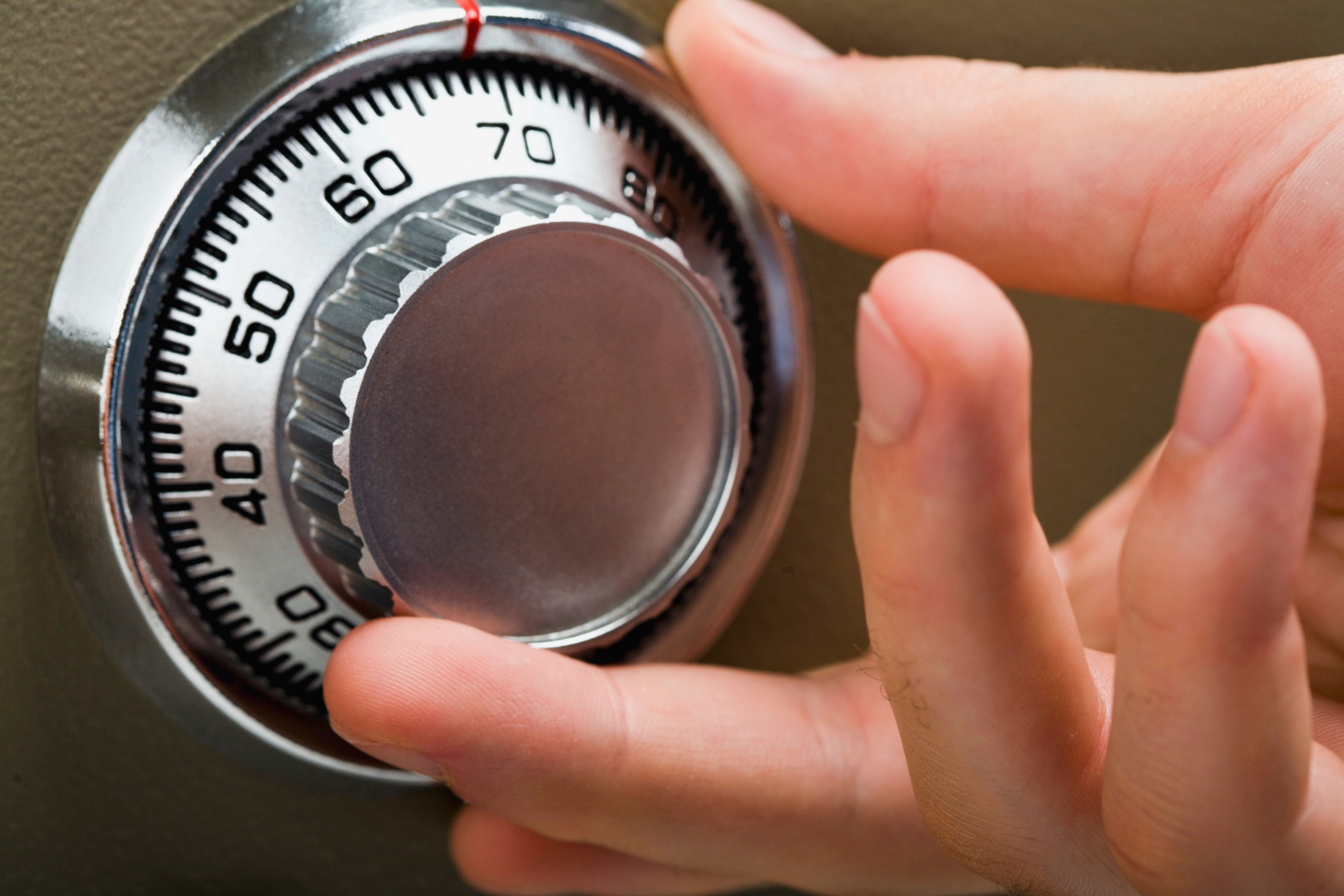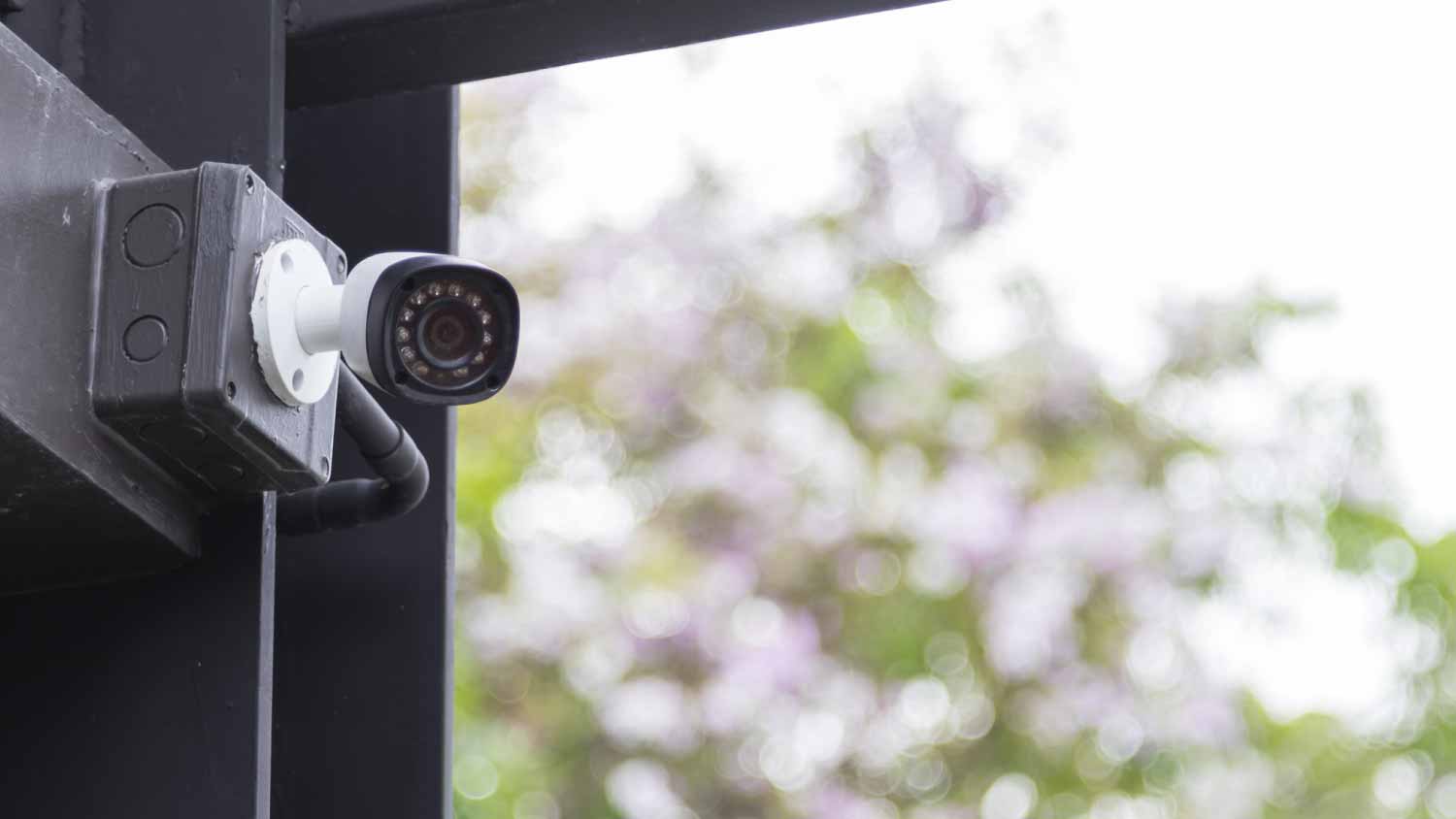
Discover wall safe installation cost details. Learn about average prices, key cost factors, and tips to save on your wall safe project.
Ensuring your security camera only cries wolf when it truly matters


Alarm drip enhances surveillance accuracy by better identifying threats.
There are many reasons for false alarms, primarily related to alarm drip settings.
Mitigating false alarms involves taking simple steps to address them.
Cameras with alarm drip features are worth it, depending on your needs and budget.
Many technical terms can be challenging to understand, and "alarm drip" is one example. So, what is an alarm drip on a security camera? Put simply, alarm drip is a motion detection configuration that fine-tunes the camera’s response to detected movement. It's like having a vigilant digital assistant constantly monitoring your property, always prepared to swiftly send alerts to your smartphone at the slightest hint of trouble. We'll delve into this feature's practical uses and potential issues here.
Since it fine-tunes motion detection, it gives users the ability to adjust the setting to distinguish factors like birds flying by or an intruder breaking into your home.
In many instances, alarm drip is called "motion detection delay" or "motion filter." It works like this: Rather than triggering an immediate alert at the slightest movement, an alarm drip introduces a brief delay before an alarm is activated. This delay allows the system to analyze the detected motion further and confirm whether it's a genuine threat or a false alarm.
Most notably, alarm drip enhances surveillance accuracy by better identifying potential security threats. In a nutshell, it helps avoid unnecessary worry or panic when a false alarm is triggered by your dog. It will also prevent the needless deployment of the police, which can result in a fine for a false alarm in some areas.
Conversely, when an alarm is triggered, you will have more confidence in its reliability, because you took the time to adjust the settings.

While an alarm drip is a pretty handy security feature, it also has its fair share of challenges if proper adjustments are not made. One of the big ones is false alarms, which can be a real headache. These false alarms can pop up for all sorts of reasons.
Passing wildlife or even a dog may inadvertently set off motion detectors, leading to false alarms.
Weather-related conditions impact the performance of security cameras and potentially lead to false alarms. Strong winds can cause trees, bushes, or other objects to sway or move, which might trigger an alarm. Even raindrops on the camera lens or housing can create reflections or distortions in an image, leading to a false alarm.
They happen—things seem to be working fine, and then the alarm goes off for no apparent reason. But no worries, we share tips for understanding how these glitches happen shortly.
Any security camera that depends on WiFi is susceptible to hacking attempts, leading to unauthorized access, data breaches, or compromised functionality.
Mitigating false alarms from alarm drip security cameras is crucial to ensure the system remains effective and does not lead to unnecessary disruptions or take advantage of police resources. Here are several strategies you can use to reduce false alarms.
Alarm drip is a feature that allows you to adjust the security camera's sensitivity level to ensure that the camera only triggers an alarm for significant movements while ignoring smaller, non-threatening events like leaves blowing in the wind.
Define specific areas where motion detection should be active within the camera's field of view. Doing so can help exclude regions where motion is expected but irrelevant, such as busy streets or areas with frequent wildlife activity.
It is best to install security cameras at the right height and angle to minimize false alarms. It may take experimenting on your part.
For instance, you want to capture faces and not feet, so consider installing the camera at around 8 to 10 feet high, pointing down.
Additionally, it is best to narrow your focus by concentrating on entrances instead of a large yard known for attracting large wildlife. Also, avoid positioning cameras near reflective surfaces, sources of direct sunlight, or areas where sudden changes in lighting occur.
Some security systems incorporate dual technology sensors, combining different detection methods like motion and infrared (IR) sensors. Both can enhance accuracy and reduce false alarms.
Keep camera lenses clean and free from dirt, debris, and spider webs, as these can trigger false alarms. Regularly inspect and clean your cameras to ensure they function correctly.
Regularly review alarm logs and recorded footage to identify patterns of false alarms. This can help you fine-tune your alarm drip settings or address specific issues in the camera's field of view.
You can address technical glitches and security threats in various ways. First, ensure no network interference if you have a wireless security camera. Other devices or nearby electronic equipment can disrupt the camera's communication with the network.
Outdated firmware and software can lead to compatibility issues and vulnerabilities that hackers may exploit. Check that your equipment is updated.
The estimated average cost to install a security system is around $1,304, but can range from $600 to $2,040. Remember, this does not include camera costs. Security cameras with alarm drip cost start at around $200. Cameras like these will state they offer enhanced people, vehicle, and pet detection.
Security cameras with alarm drip features for motion detection settings can be worth it, depending on your specific needs and circumstances. Here are some factors to consider when deciding if such cameras are a good investment:
Enhanced Security: Alarm drip features can improve the security of your property by providing immediate notifications when motion is detected.
Reduced False Alarms: The technology is designed to reduce false alarms using advanced algorithms to better differentiate between actual threats (intruders) and non-threatening events (moving trees or shadows).
Customization: Many cameras with alarm drip features allow you to customize motion detection settings, including sensitivity levels and detection zones.
Peace of Mind: Knowing that your security camera system is less likely to generate false alarms can provide peace of mind, reducing the likelihood of unnecessary anxiety or disruptions.
Cost: Security cameras that allow customizations like alarm drip typically cost more, but they reduce the number of false alarms—and the fines that can come with them.
From average costs to expert advice, get all the answers you need to get your job done.

Discover wall safe installation cost details. Learn about average prices, key cost factors, and tips to save on your wall safe project.

How much does it cost to install a doorbell camera? It depends on whether you plan to DIY or hire a pro. Learn about different models and their power sources, too.

A security camera system gives you peace of mind that there’s always a watchful eye on your home. Learn the costs of installing surveillance cameras.

Thinking about upgrading your home security? Learn how a security system can make you feel safe and lower your home insurance rates.

Smoke detectors can save you precious time during a fire, so hire a qualified electrician to install hardwired smoke detectors and ensure they work properly.

A home alarm system can help make your home safer, but it depends on several factors. Keep reading to see if home alarm systems are worth it.